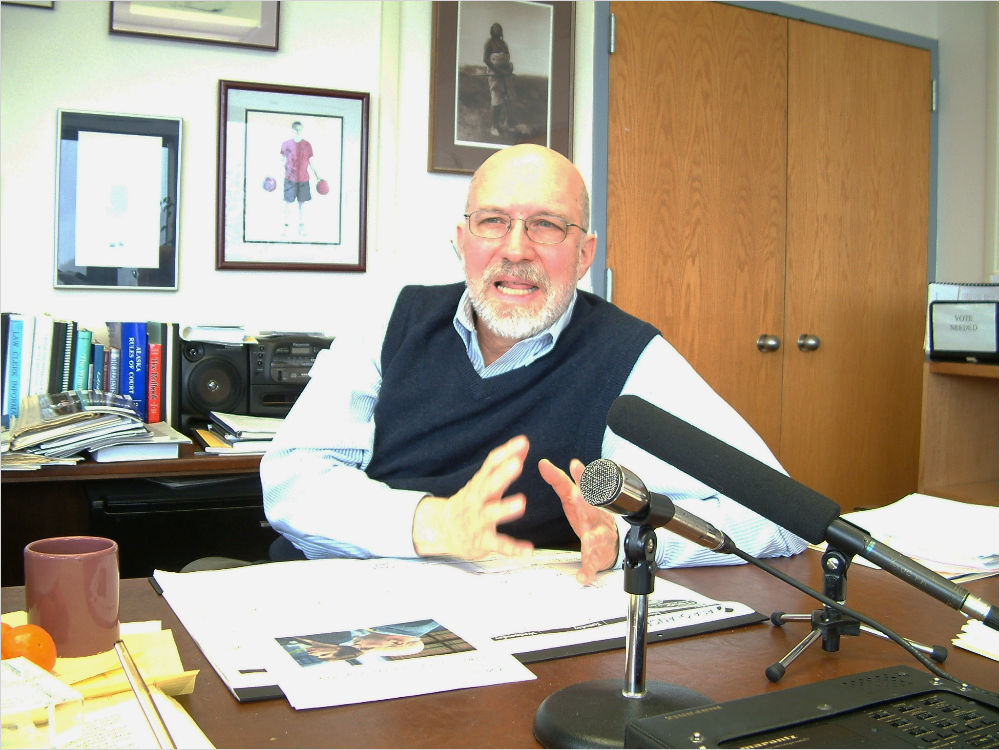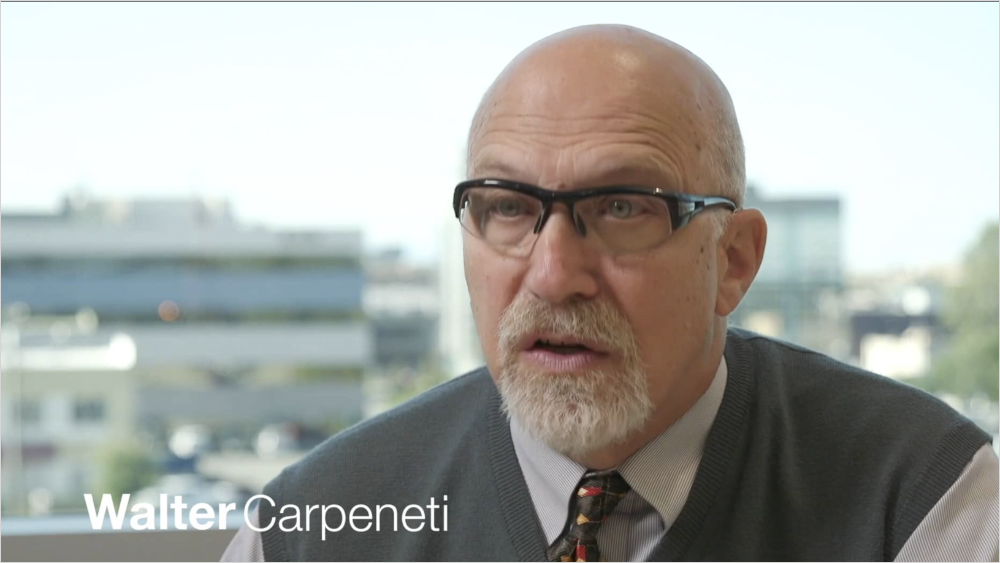Not much had changed with Dawn Holmstrom, except that her memory was two years older. She still wanted — and received — immunity before she agreed to testify. Sitting in Judge Carpeneti’s Juneau courtroom, her first day on the stand was nearly a total waste. Phil Weidner’s initial objection came two minutes into her testimony. His second came only two minutes later. “She’s leading the witness,” he complained of Mary Anne Henry’s direct examination. “She’s suggesting answers.” Judge Carpeneti could clearly see that Dawn Holmstrom presented a thorny problem.

Leading Questions
Mary Anne Henry was asking her leading questions. She did so because she was proceeding under the assumption that Holmstrom was still a hostile witness. Under those rules, leading questions were permissible. Phillip Weidner acknowledged no such assumption. He wanted the leading questions put to a halt. Judge Carpeneti once more found himself in the middle of two hostile antagonists.
And apologizing.
“I’m sorry, ladies and gentlemen,” he told the jury, almost sheepishly. “I need to consider an objection a little more fully than I can conveniently or appropriately at the side bar. Can I ask you to step outside again, please?” The jury — and Dawn Holmstrom — suddenly found themselves packing. Again.
With the jury gone, and Dawn Holmstrom stewing, the two sides whined, wheedled, threatened and cajoled. Henry insisted that Judge Schulz’s rulings on Holmstrom remained in effect. She said she saw no need to take Holmstrom’s testimony in front of the jury to make that determination. If Judge Carpeneti ruled against her, she warned, the hour and forty-five minutes that remained of the day would be squandered.
“We need to recess for the day,” she insisted, “so I can revamp my entire direct examination.”

Get Moving
Judge Carpeneti, anxious to get the trial moving again, wondered why Henry couldn’t establish Holmstrom as a hostile witness by asking a few questions, as the state had done with Brian Polinkus. Henry resisted. Holmstrom had “already been found an adverse witness,” she said, correctly.
Carpeneti expressed concern, however, that Holmstrom might not feel the same hostility she had felt in the past. “I don’t have any testimony from her since the last trial,” he pointed out, “and that was some time ago.”
“I’m asking the Court to rule in advance,” Henry countered, “based on her prior history and Judge Schulz’s specific findings as to her testimony, rather than go through this again.”
Keep Complaining
Phil Weidner complained, somewhat bizarrely, that the right to ask leading questions did not belong to the prosecution, because “they have the burden of proof.” He added that, “merely because she made some complaints back in 1984, doesn’t mean she’s a hostile witness now.”
“And finally, Your Honor,” Weidner added, “you cannot make a finding of her being a hostile witness or allow leading questions merely because she made a proper complaint to an attorney that they were intimidating witnesses. That rewards the state. And you simply can’t reward this conduct, Your Honor, by giving them the right to ask leading questions.”

Carpeneti decided that the state should establish whether Holmstrom was still adverse to the prosecution. But he also demanded a concession. “I’ll grant the state’s request to this extent,” he said. “I’ll allow the state to attempt to satisfy the requirement that would allow leading questions to be asked — outside the presence of the jury — but I’m not going to let many questions be asked, ma’am.”
“I mean,” the judge continued, “I think that you ought to ask some questions and relatively few questions, and I’ll make a decision based on that, but I’m really greatly concerned about the fact that we’re arguing so much and that we’re taking so little in the way of testimony.”
Crying
Mary Anne Henry spent more than hour with Dawn Holmstrom. She asked her about 100 questions. Literally. She asked whether the young woman was still upset about her treatment by Bob Blasco and Bellingham Detective Dave McNeill. Holmstrom replied, “nobody bothers me anymore.” She asked whether Holmstrom had been John Peel’s girlfriend that summer. Holmstrom denied it. She asked whether Holmstrom would talk to Blasco if he said he needed to talk to her “about some things.”
“I wouldn’t,” Holmstrom replied.
“You would refuse to go into his office?” Henry asked.
“Yes.”
When Phil Weidner took his turn, he asked five questions. And spent about three or four minutes. He asked if she would tell the truth to the best of her ability. Holmstrom said she would. He asked if she was capable of not favoring either side. Holmstrom said she was. Judge Carpeneti sent Holmstrom out of the courtroom while he made his decision.
She was crying as she left.
Excerpts from the unpublished original manuscript, “Sailor Take Warning,” by Leland E. Hale. That manuscript, started in 1992 and based on court records from the Alaska State Archive, served as the basis for “What Happened in Craig.”
Copyright Leland E. Hale (2020). All rights reserved.

Order “What Happened In Craig,” HERE and HERE. True crime from Epicenter Press.